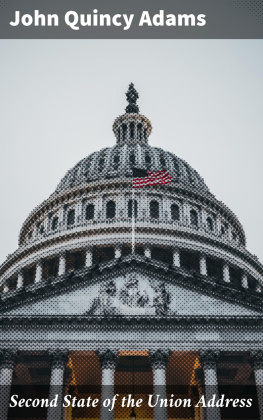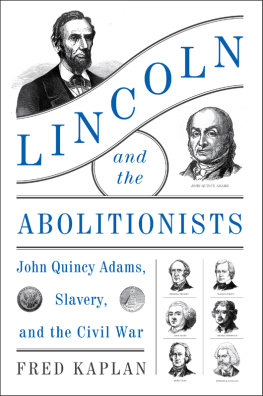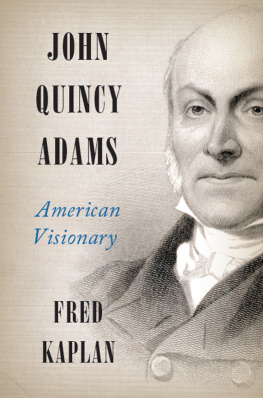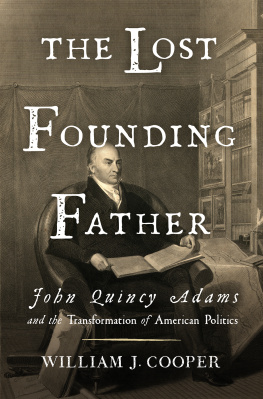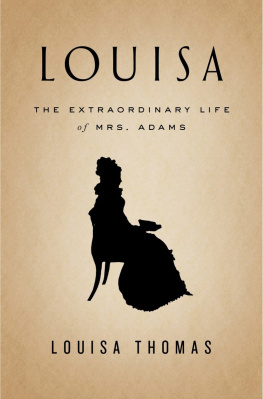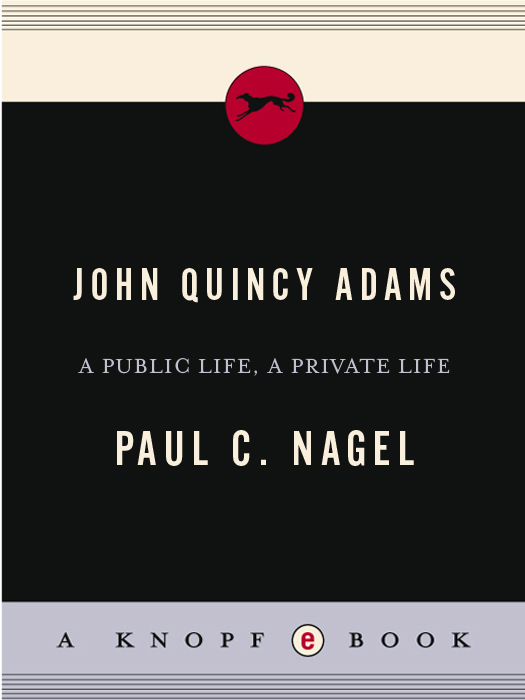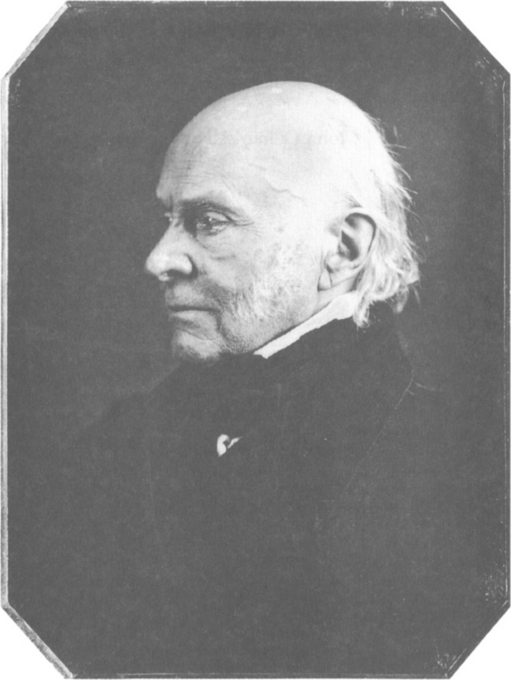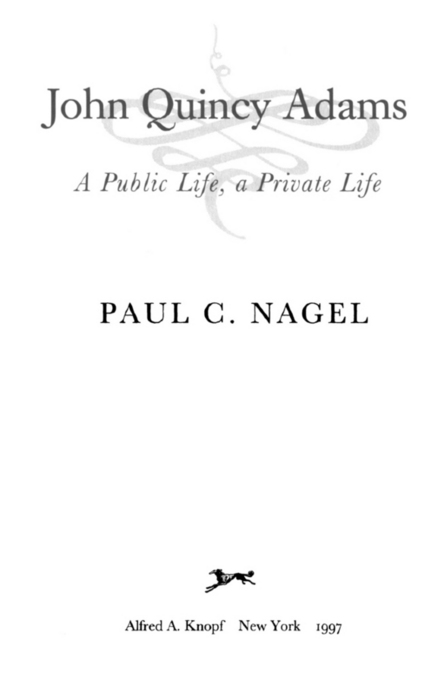Paul C. Nagel - John Quincy Adams: A Public Life, a Private Life
Here you can read online Paul C. Nagel - John Quincy Adams: A Public Life, a Private Life full text of the book (entire story) in english for free. Download pdf and epub, get meaning, cover and reviews about this ebook. year: 2012, publisher: Knopf Doubleday Publishing Group, genre: Non-fiction. Description of the work, (preface) as well as reviews are available. Best literature library LitArk.com created for fans of good reading and offers a wide selection of genres:
Romance novel
Science fiction
Adventure
Detective
Science
History
Home and family
Prose
Art
Politics
Computer
Non-fiction
Religion
Business
Children
Humor
Choose a favorite category and find really read worthwhile books. Enjoy immersion in the world of imagination, feel the emotions of the characters or learn something new for yourself, make an fascinating discovery.

- Book:John Quincy Adams: A Public Life, a Private Life
- Author:
- Publisher:Knopf Doubleday Publishing Group
- Genre:
- Year:2012
- Rating:4 / 5
- Favourites:Add to favourites
- Your mark:
John Quincy Adams: A Public Life, a Private Life: summary, description and annotation
We offer to read an annotation, description, summary or preface (depends on what the author of the book "John Quincy Adams: A Public Life, a Private Life" wrote himself). If you haven't found the necessary information about the book — write in the comments, we will try to find it.
February 21, 1848, the House of Representatives, Washington D.C.: Congressman John Quincy Adams, rising to speak, suddenly collapses at his desk; two days later, he dies in the Speakers chamber. The public mourning that followed, writes Paul C. Nagel, exceeded anything previously seen in America. Forgotten was his failed presidency and his often cold demeanor. It was the memory of an extraordinary human beingone who in his last years had fought heroically for the right of petition and against a war to expand slaverythat drew a grateful people to salute his coffin in the Capitol and to stand by the railroad tracks as his bier was transported from Washington to Boston.
Nagel probes deeply into the psyche of this cantankerous, misanthropic, erudite, hardworking son of a former president whose remarkable career spanned many offices: minister to Holland, Russia, and England, U.S. senator, secretary of state, president of the United States (1825-1829), and, finally, U.S. representative (the only ex-president to serve in the House). On the basis of a thorough study of Adams seventy-year diary, among a host of other documents, the author gives us a richer account than we have yet had of JQAs lifehis passionate marriage to Louisa Johnson, his personal tragedies (two sons lost to alcoholism), his brilliant diplomacy, his recurring depression, his exasperating behaviorand shows us why, in the end, only Abraham Lincolns death evoked a great out-pouring of national sorrow in nineteenth-century America.
We come to see how much Adams disliked politics and hoped for more from life than high office; how he sought distinction in literacy and scientific endeavors, and drew his greatest pleasure from being a poet, critic, translator, essayist, botanist, and professor of oratory at Harvard; how tension between the public and private Adams vexed his life; and how his frustration kept his masked and aloof (and unpopular). Nagels great achievement, in this first biography of Americas sixth president in a quarter century, is finally to portray Adams in all his talent and complexity.
Paul C. Nagel: author's other books
Who wrote John Quincy Adams: A Public Life, a Private Life? Find out the surname, the name of the author of the book and a list of all author's works by series.

